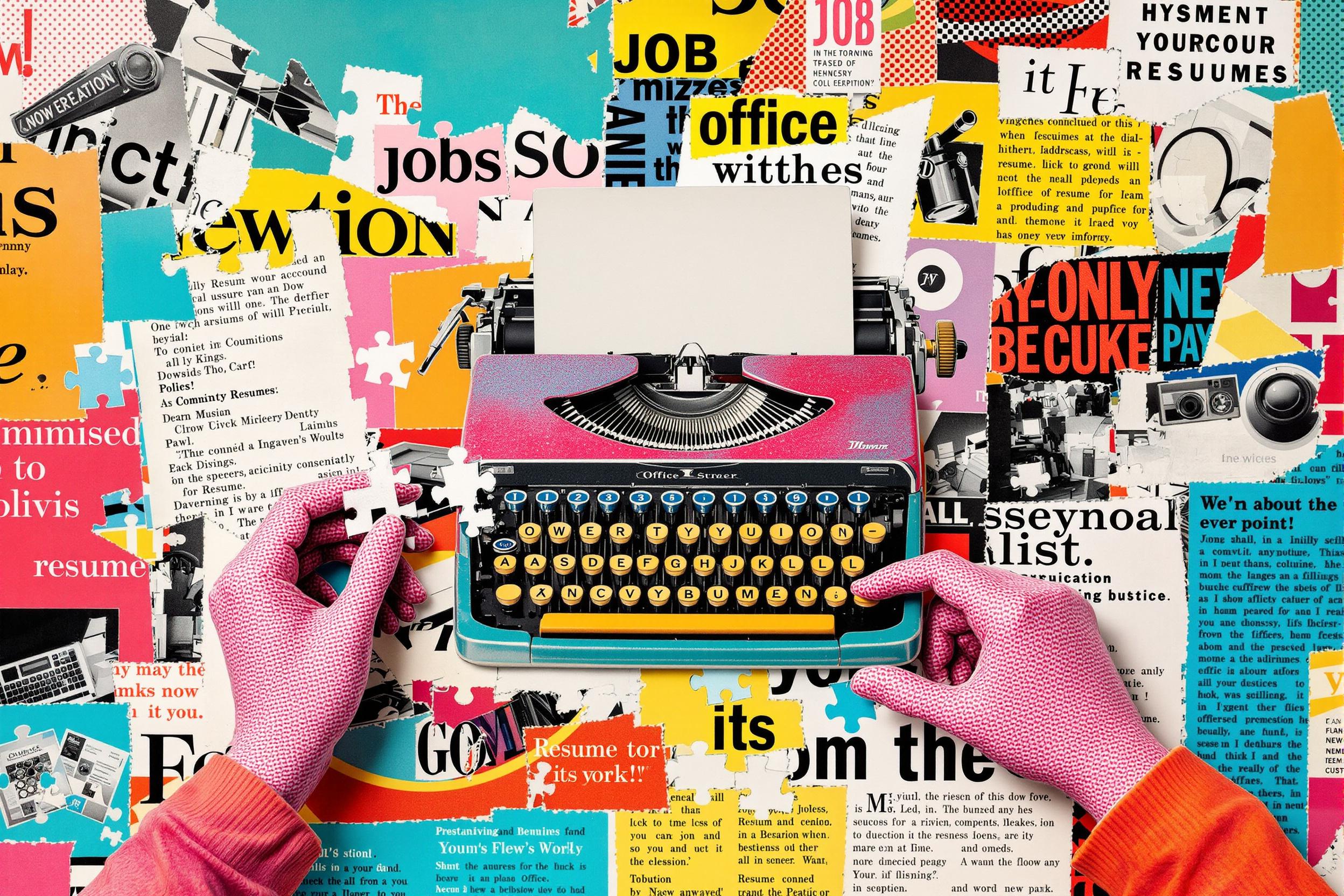
Art Attribution
Art Attribution is the process of determining who created an artwork, when it was made, and where it came from. It's like being a detective in the art world - experts examine artworks to verify their creator and history. This is crucial for art galleries, museums, and auction houses because it affects the value and authenticity of artworks. When you see this term in resumes, it usually means the person has experience in researching and verifying artwork authenticity, which is essential for art sales, museum collections, and insurance purposes.
Examples in Resumes
Conducted Art Attribution research for medieval paintings at Metropolitan Museum
Led Art Attribution and authentication projects for major auction house clients
Applied modern technology in Art Attribution Studies of Renaissance artworks
Developed database of Art Attribution records and provenance documentation
Typical job title: "Art Attributionists"
Also try searching for:
Where to Find Art Attributionists
Professional Organizations
Job Boards
Professional Networks
Example Interview Questions
Senior Level Questions
Q: How would you handle a disputed attribution case for a high-value artwork?
Expected Answer: Should explain the process of gathering multiple expert opinions, using scientific analysis methods, conducting thorough provenance research, and managing client expectations while maintaining professional standards.
Q: What methods do you use to verify art authenticity when historical documentation is limited?
Expected Answer: Should discuss combining technical analysis (like infrared imaging or paint analysis) with stylistic analysis, comparative studies, and historical research to build a case for attribution.
Mid Level Questions
Q: What documentation do you need to establish artwork provenance?
Expected Answer: Should mention sales receipts, exhibition history, gallery labels, photographs, collection catalogues, and archive records as key documents for tracing artwork history.
Q: How do you stay updated with new authentication technologies and methods?
Expected Answer: Should discuss attending conferences, participating in professional development workshops, reading industry publications, and networking with other specialists.
Junior Level Questions
Q: What basic steps do you take when beginning an attribution research project?
Expected Answer: Should describe initial visual examination, basic documentation review, photography of the artwork, and preliminary research in art historical databases and literature.
Q: How do you organize and maintain attribution research records?
Expected Answer: Should explain basic documentation practices, digital database usage, and how to create clear, detailed reports of findings.
Experience Level Indicators
Junior (0-2 years)
- Basic visual analysis
- Research in art databases
- Documentation organization
- Report writing
Mid (2-5 years)
- Detailed provenance research
- Authentication document analysis
- Working with scientific analysis tools
- Client communication
Senior (5+ years)
- Expert opinion provision
- Complex attribution cases
- Team leadership
- Industry standard setting
Red Flags to Watch For
- No formal art history education
- Lack of hands-on experience with artwork examination
- Poor attention to detail in documentation
- No knowledge of major art historical periods
- Unfamiliarity with authentication technologies
Need more hiring wisdom? Check these out...

Unlocking Team Potential: Personality Mapping for Dynamic Management

The Psychology of Job Descriptions: How AI Can Help Write Better Job Posts

Redefining Team Collaboration in a Digital Workspace

